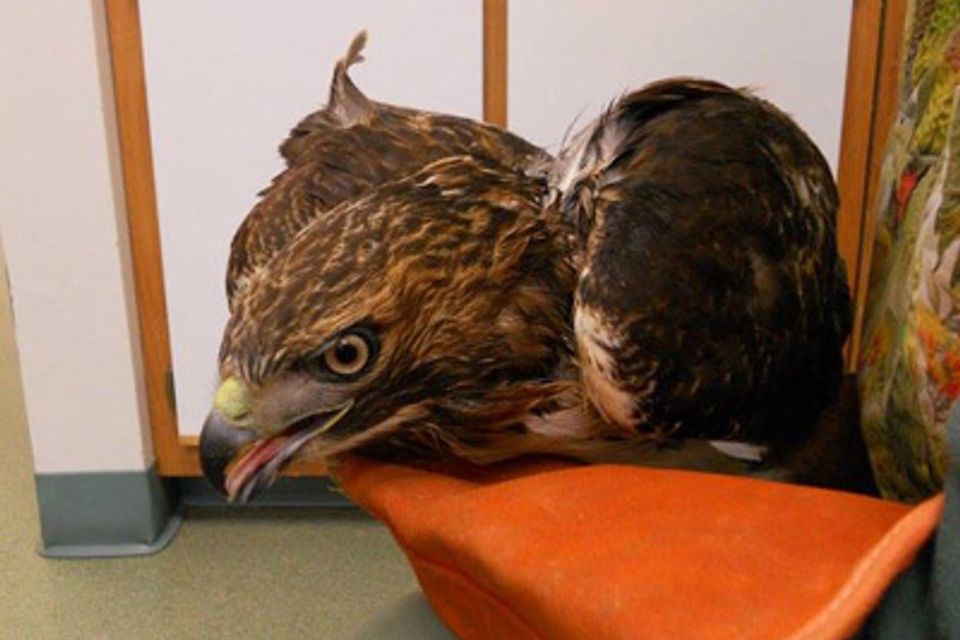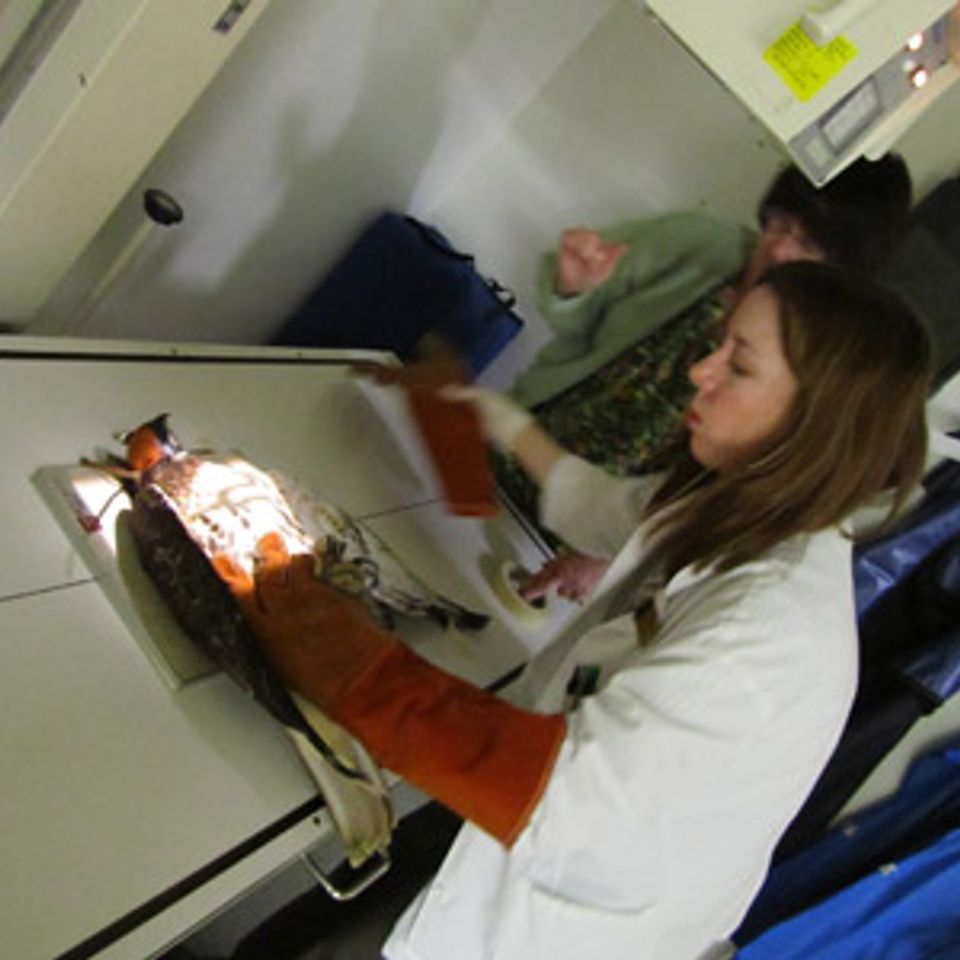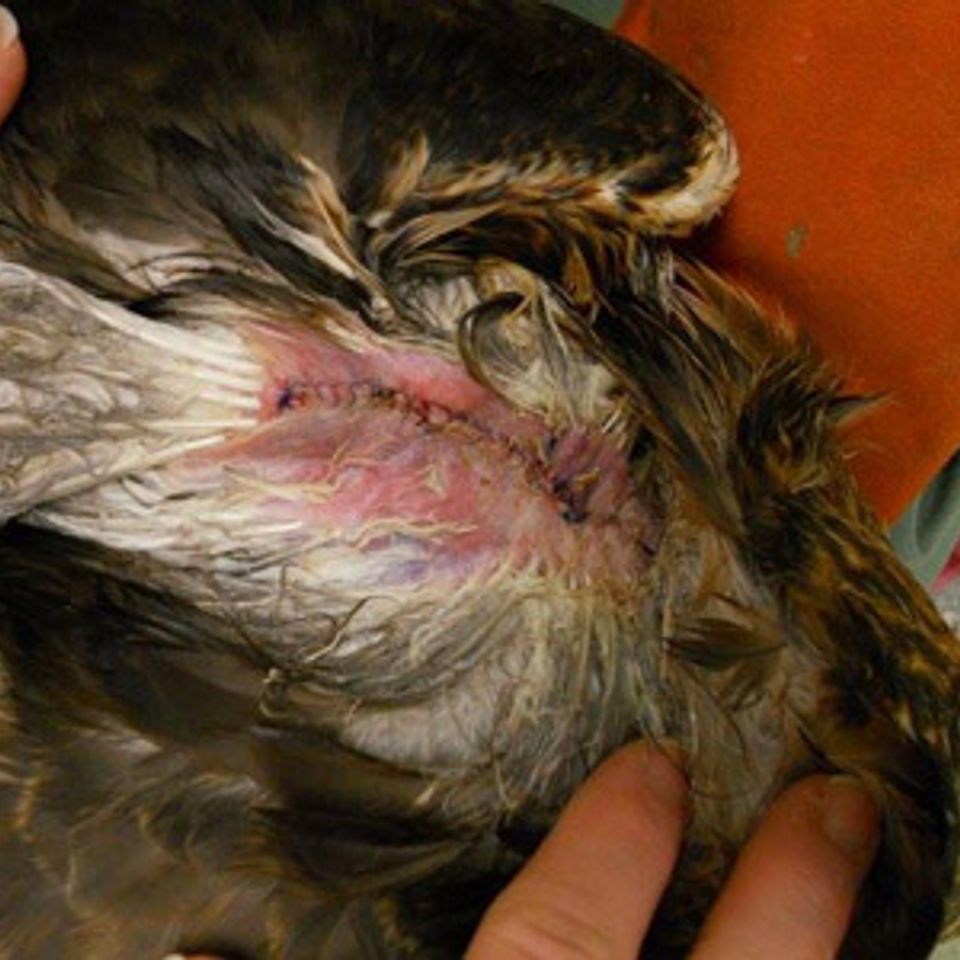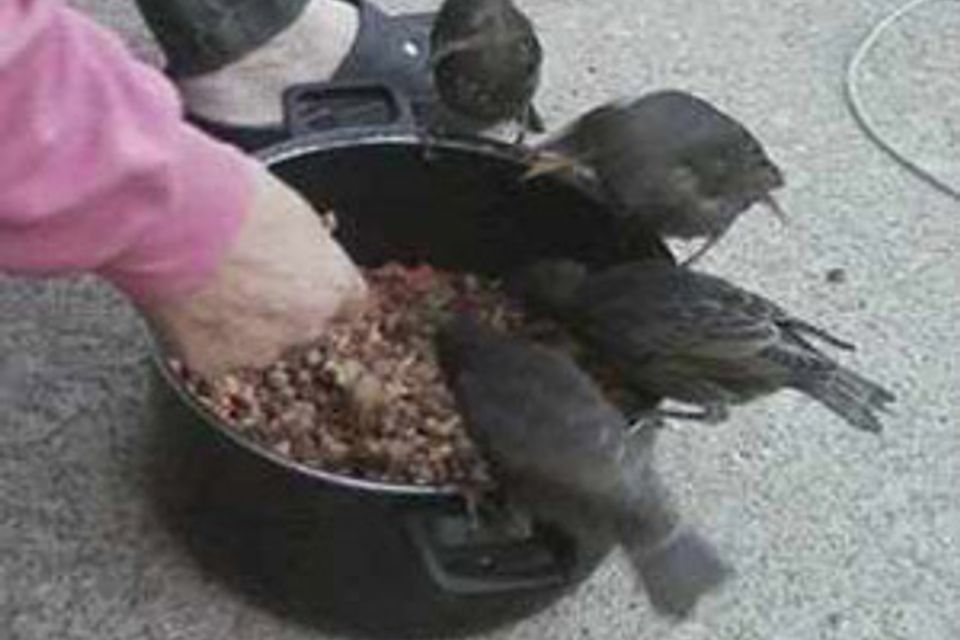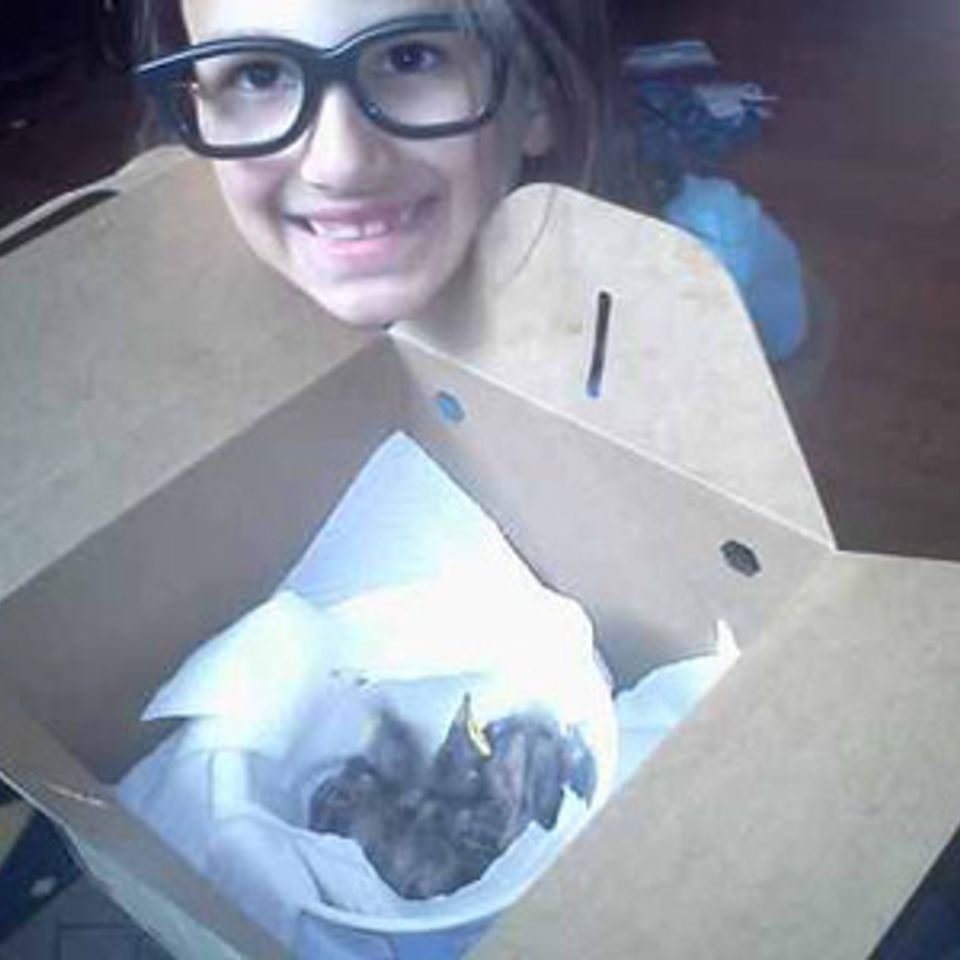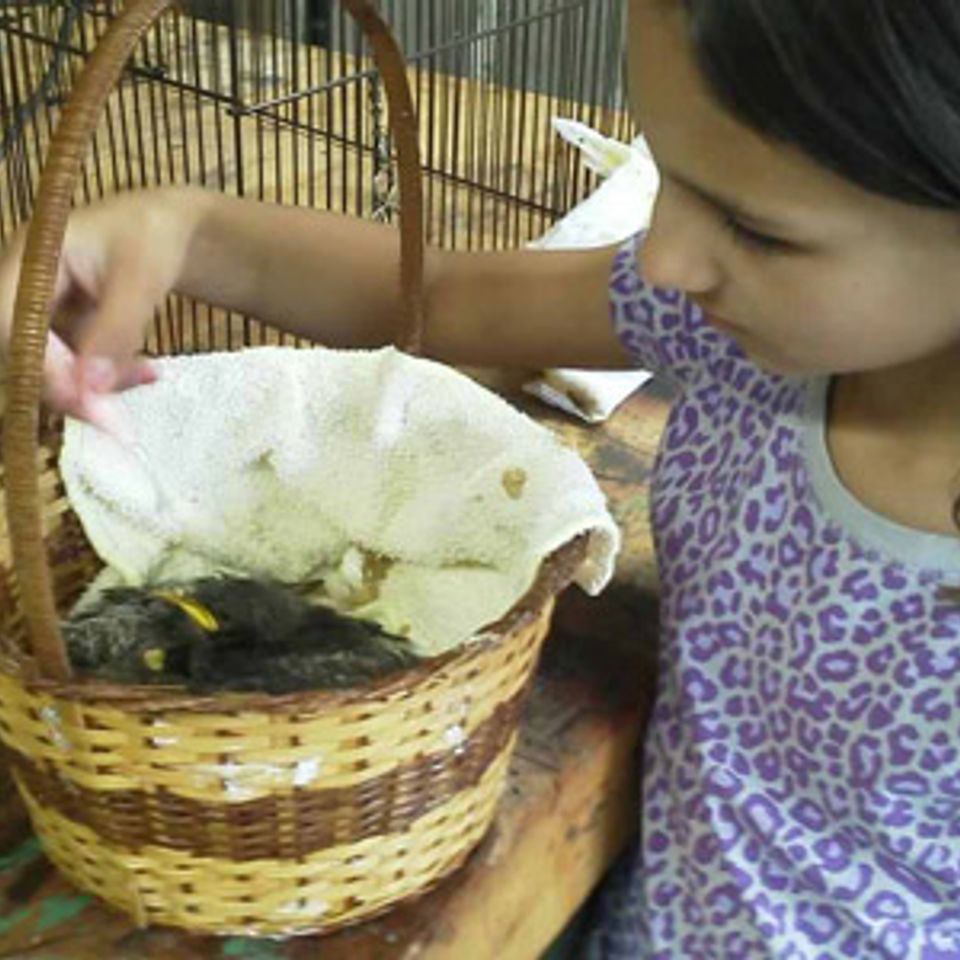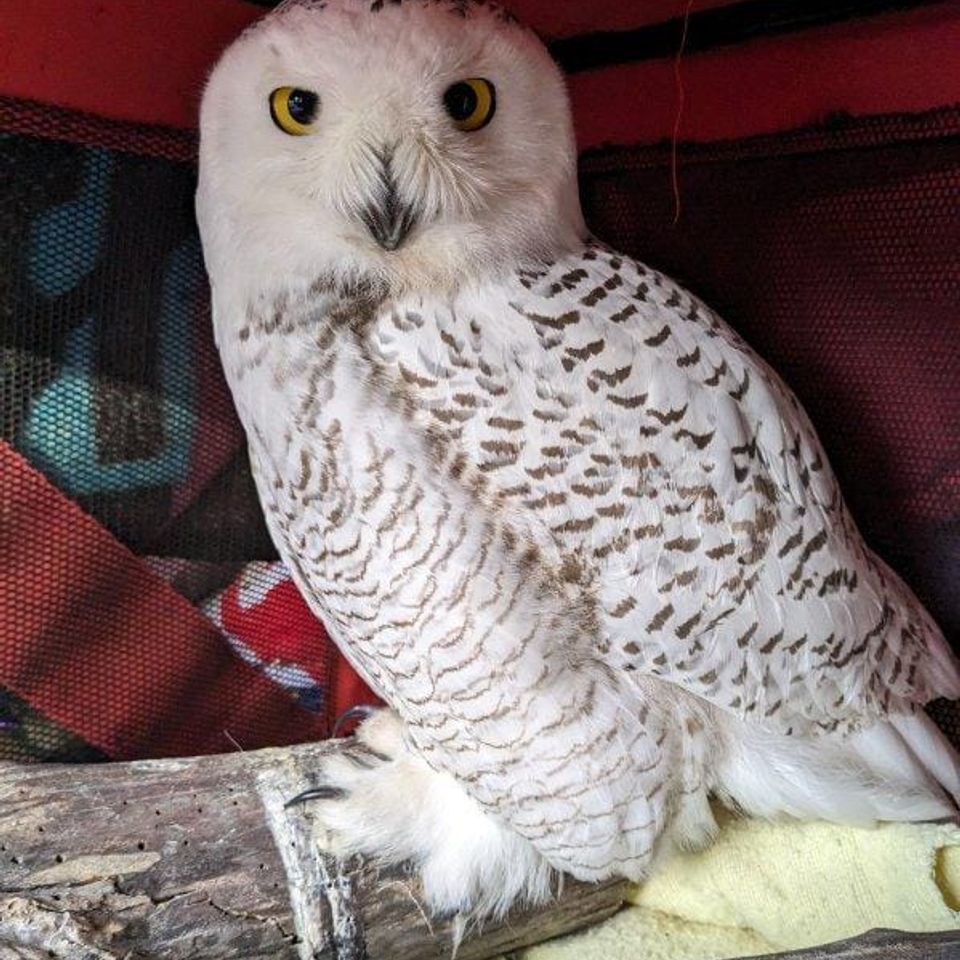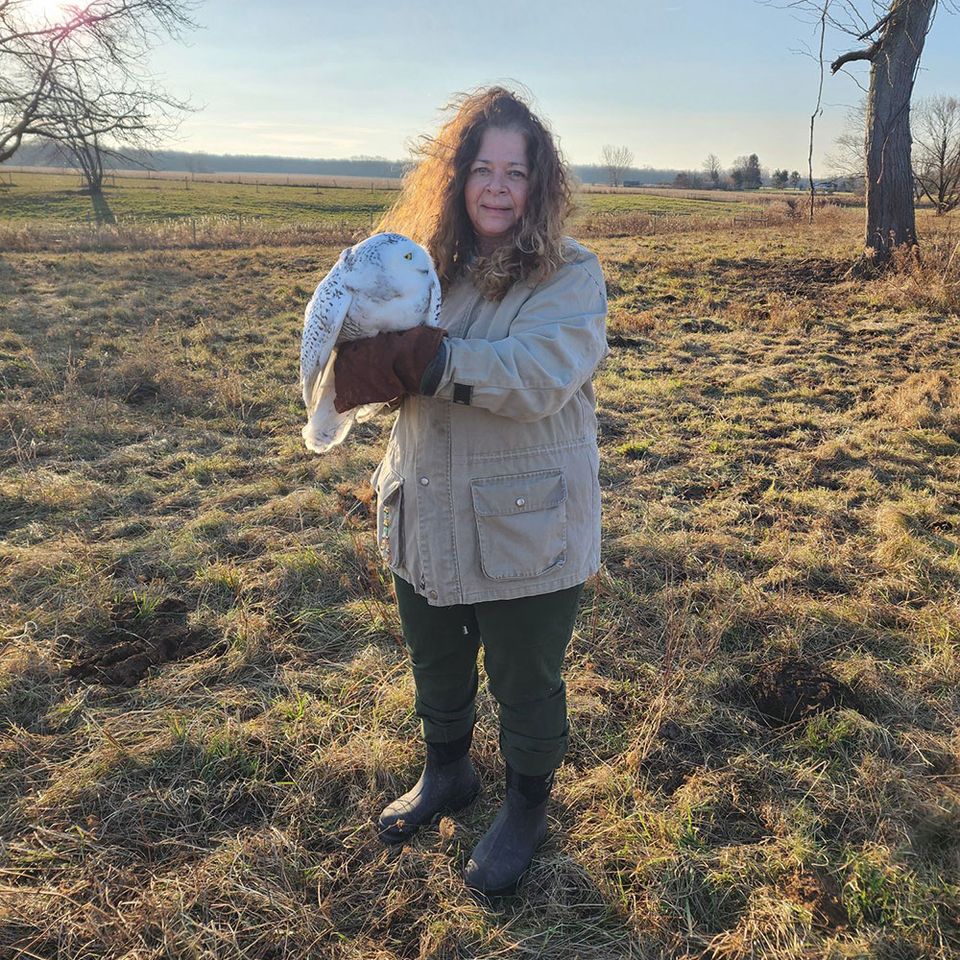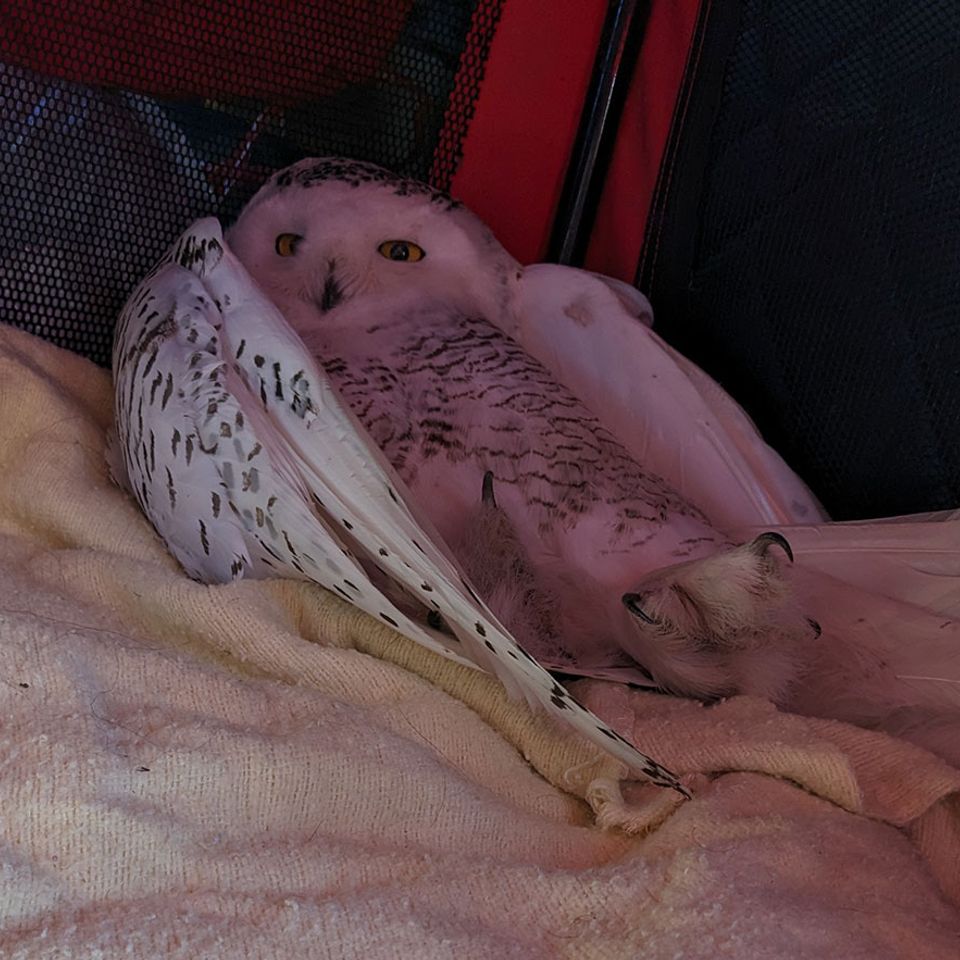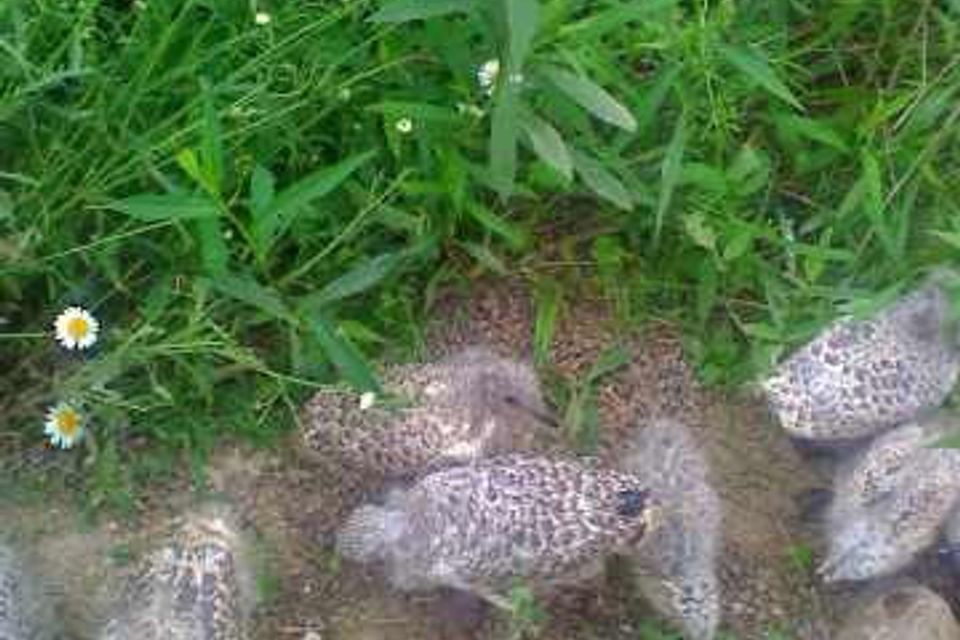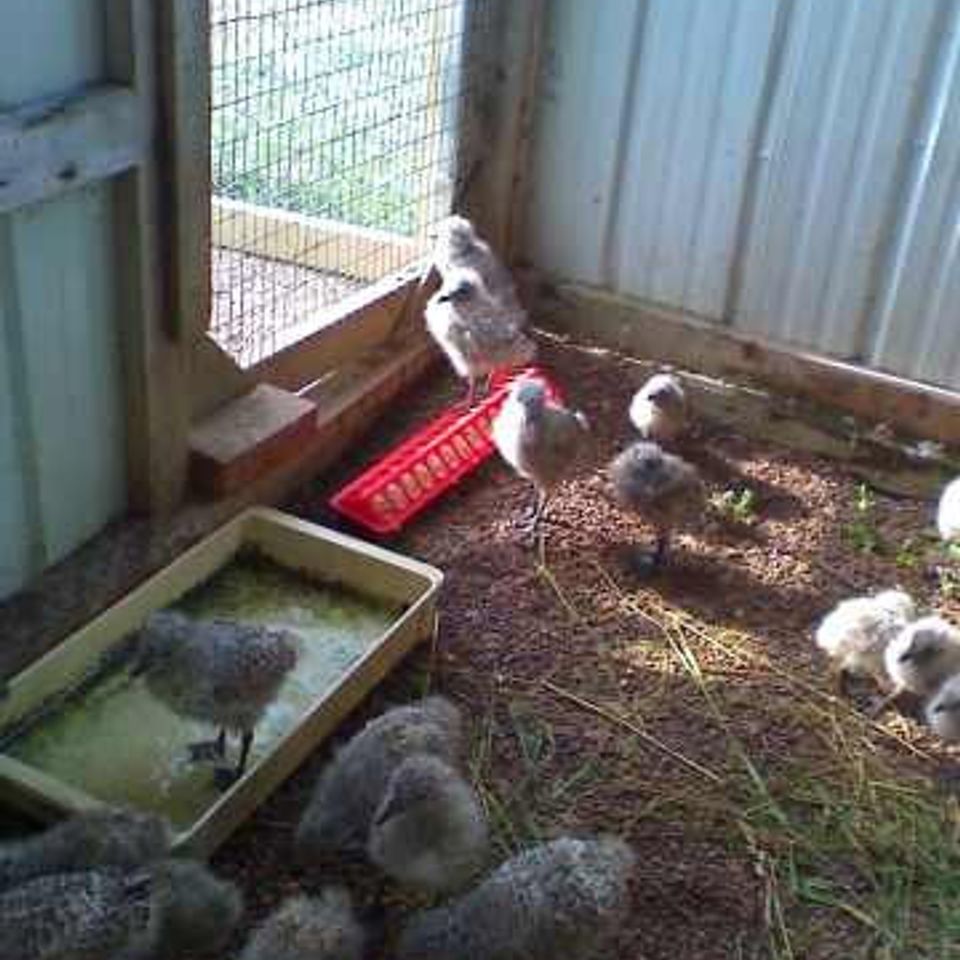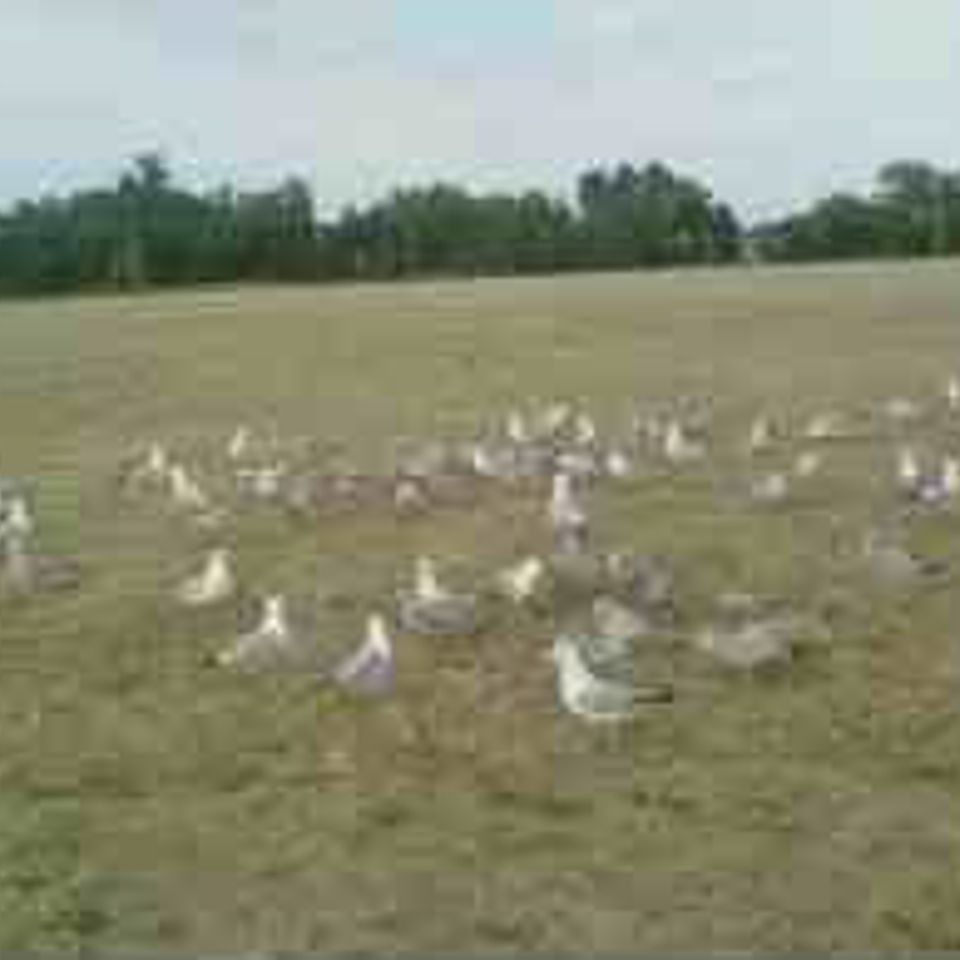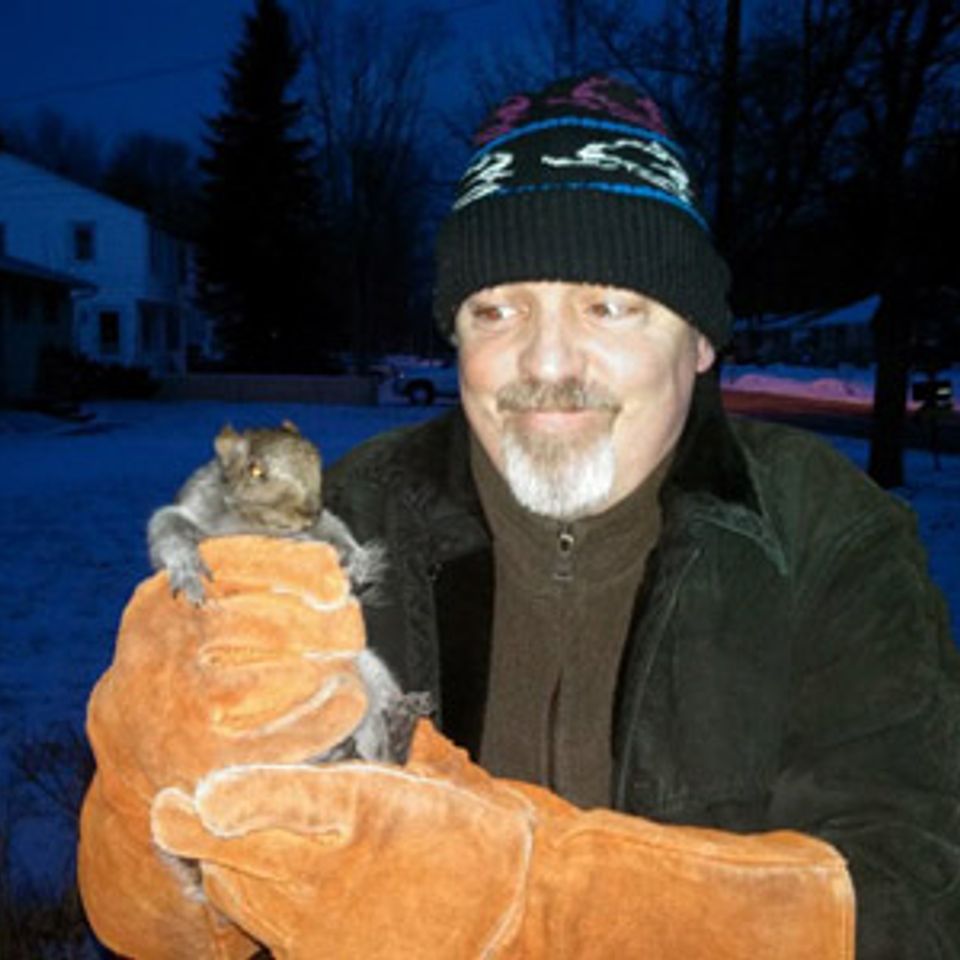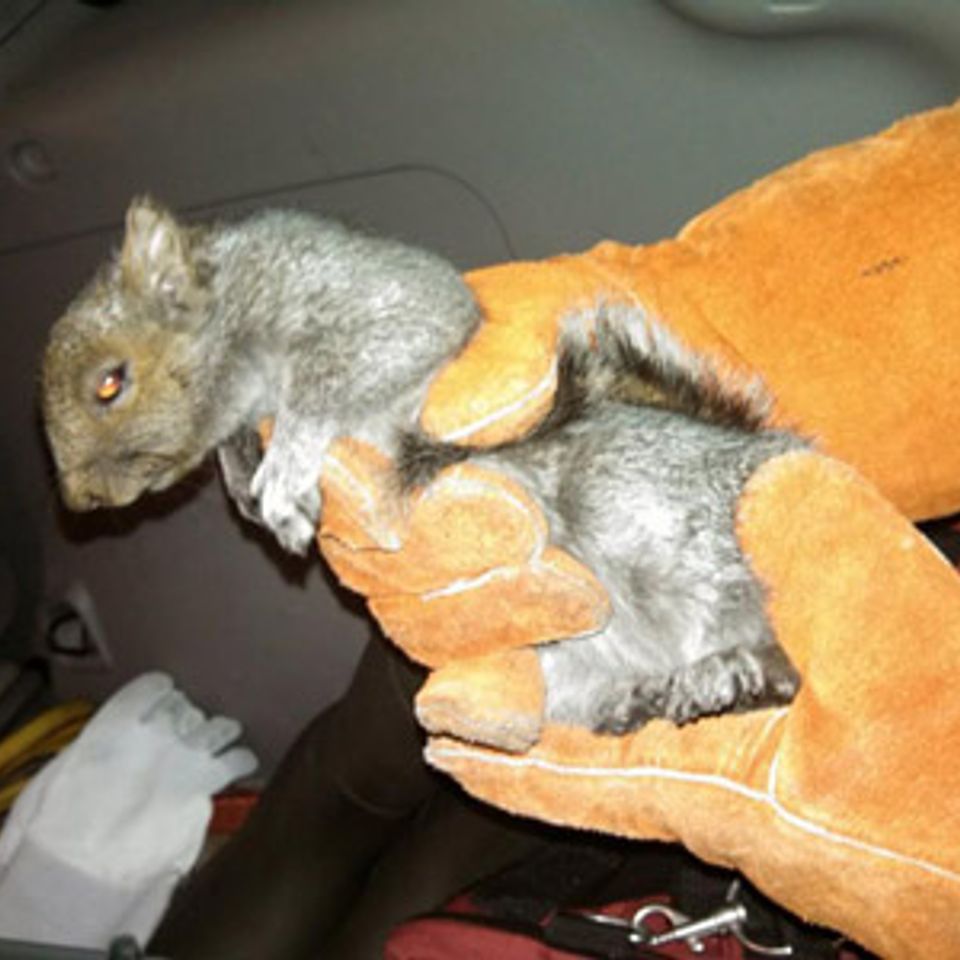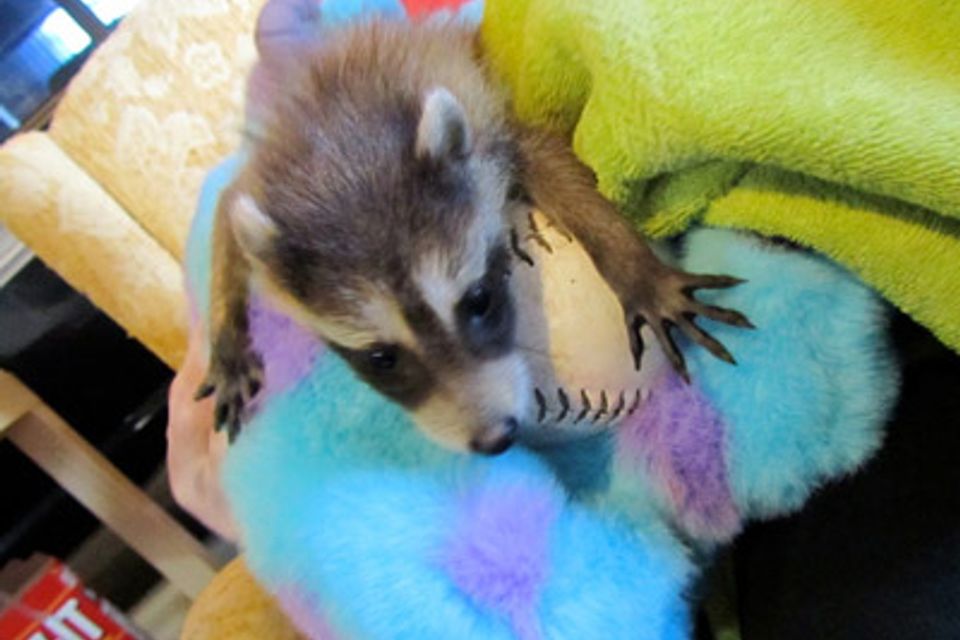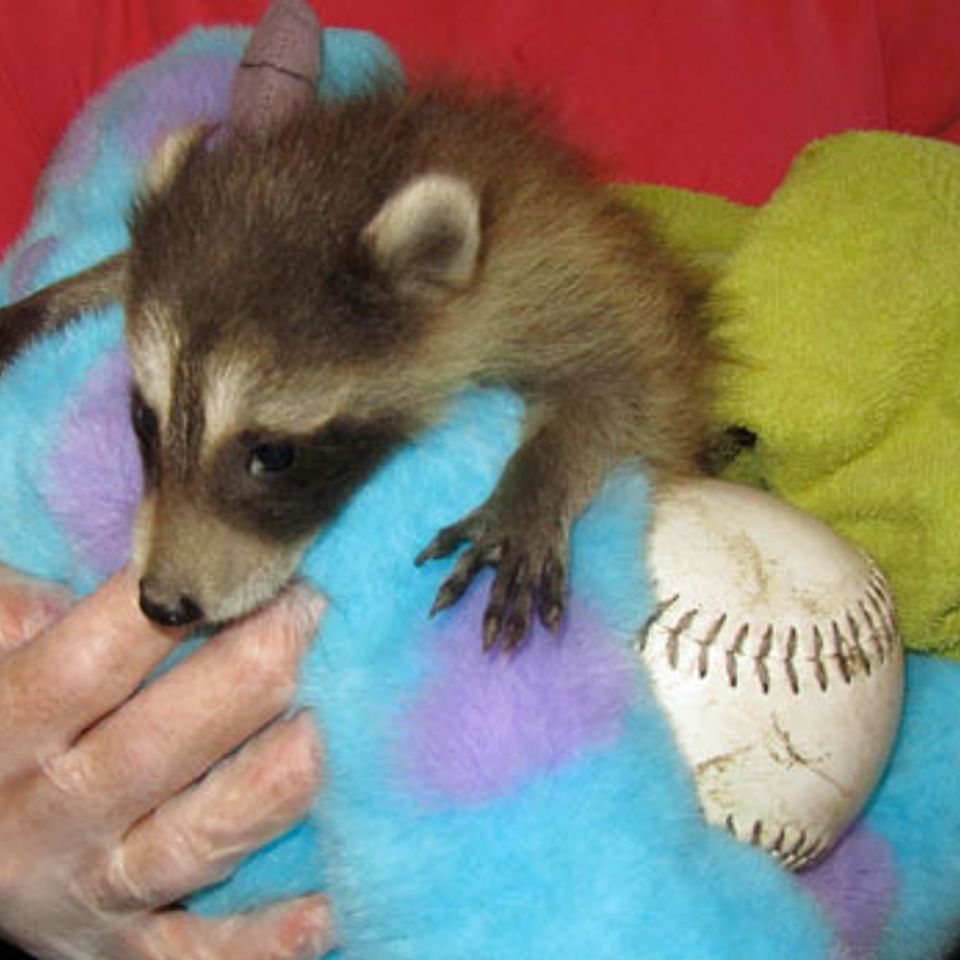
REAL STORIES
Rescue, Recovery, and Hope
Every animal that comes through the doors of Wild Kritters carries a story — a journey marked by struggle, survival, and sometimes a second chance at life. From tiny orphaned songbirds and mischievous squirrels to majestic owls and shy mammals, each critter we care for reminds us of the fragile beauty of wildlife and the resilience that lies within every creature.
These stories come straight from the hearts of our volunteers, who dedicate countless hours to rescuing, nurturing, and rehabilitating animals in need. They tell of late-night rescues in stormy weather, careful feedings of the tiniest babies, and the patient work of teaching injured animals to survive again in the wild. Every story is a window into the challenges, triumphs, and unexpected moments of joy that come with wildlife rehabilitation.
Through these tales, you’ll see not only the incredible diversity of animals in Niagara County but also the deep compassion and dedication of the people who care for them. You’ll meet the squirrels that navigate intricate mazes, the owls with stories of bravery and mischief, and countless other animals whose lives were forever changed by the kindness and expertise of our volunteers.
We hope these stories inspire you, educate you, and connect you to the incredible world of wildlife around us. Each tale is a celebration of survival, a reminder of the difference one person — or one community — can make, and a heartfelt invitation to join us in caring for the creatures that share our world.
These stories come straight from the hearts of our volunteers, who dedicate countless hours to rescuing, nurturing, and rehabilitating animals in need. They tell of late-night rescues in stormy weather, careful feedings of the tiniest babies, and the patient work of teaching injured animals to survive again in the wild. Every story is a window into the challenges, triumphs, and unexpected moments of joy that come with wildlife rehabilitation.
Through these tales, you’ll see not only the incredible diversity of animals in Niagara County but also the deep compassion and dedication of the people who care for them. You’ll meet the squirrels that navigate intricate mazes, the owls with stories of bravery and mischief, and countless other animals whose lives were forever changed by the kindness and expertise of our volunteers.
We hope these stories inspire you, educate you, and connect you to the incredible world of wildlife around us. Each tale is a celebration of survival, a reminder of the difference one person — or one community — can make, and a heartfelt invitation to join us in caring for the creatures that share our world.

